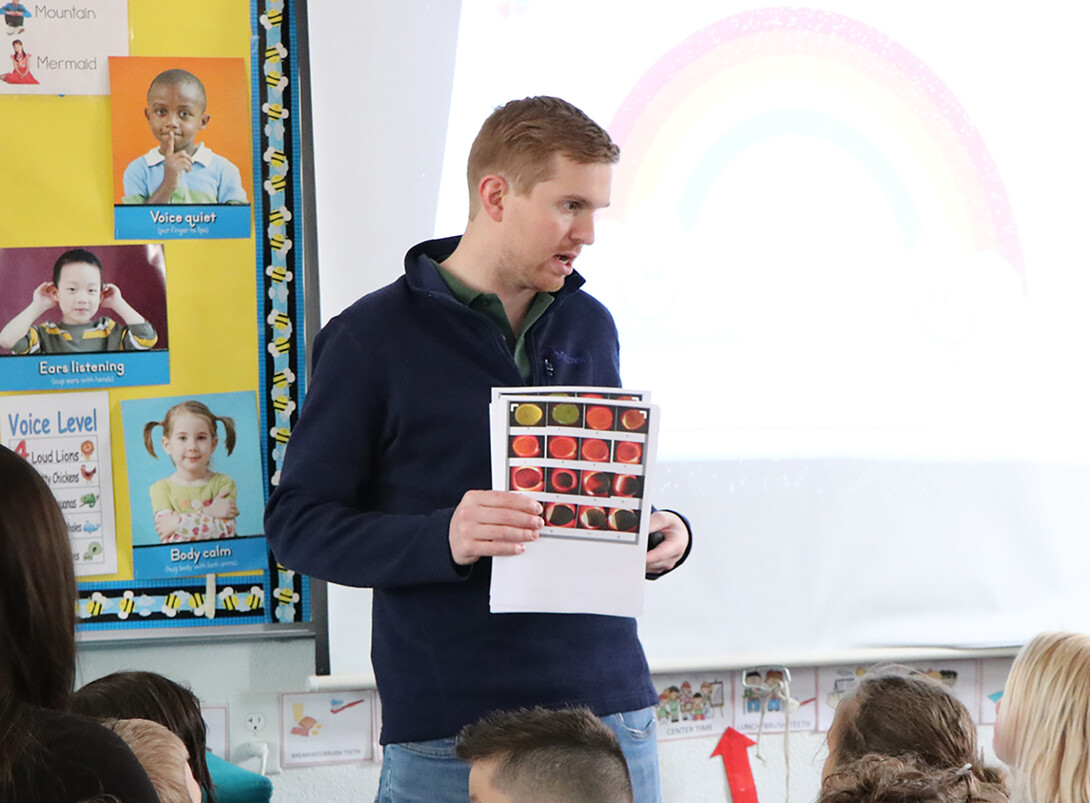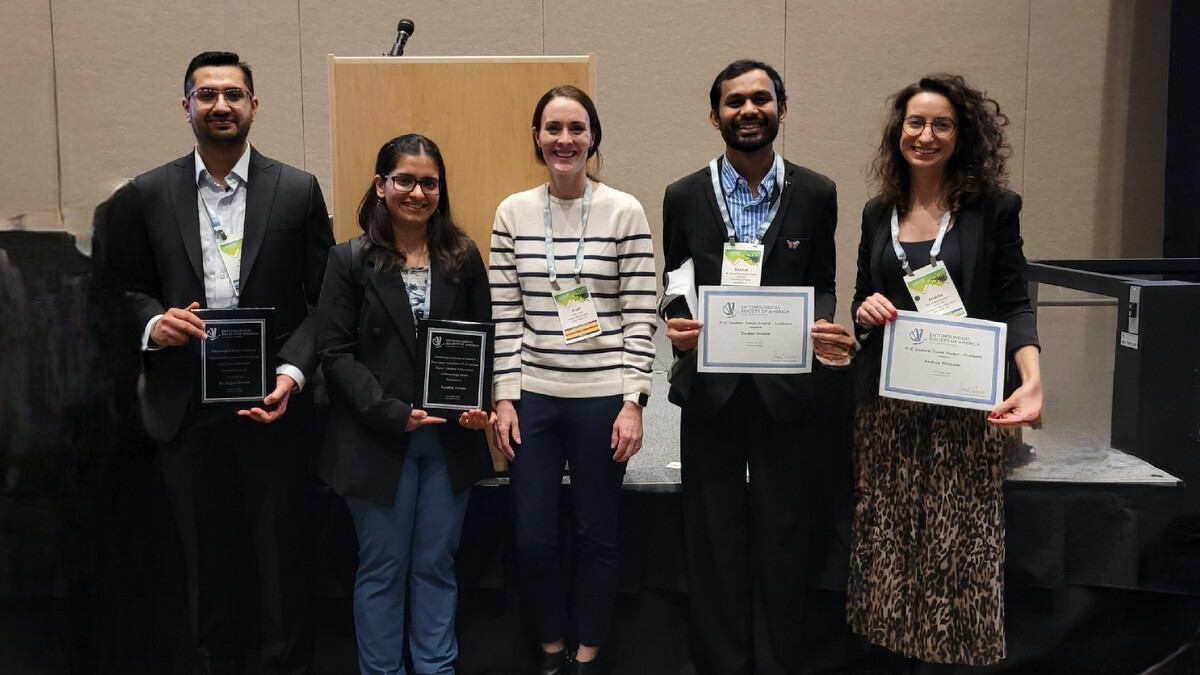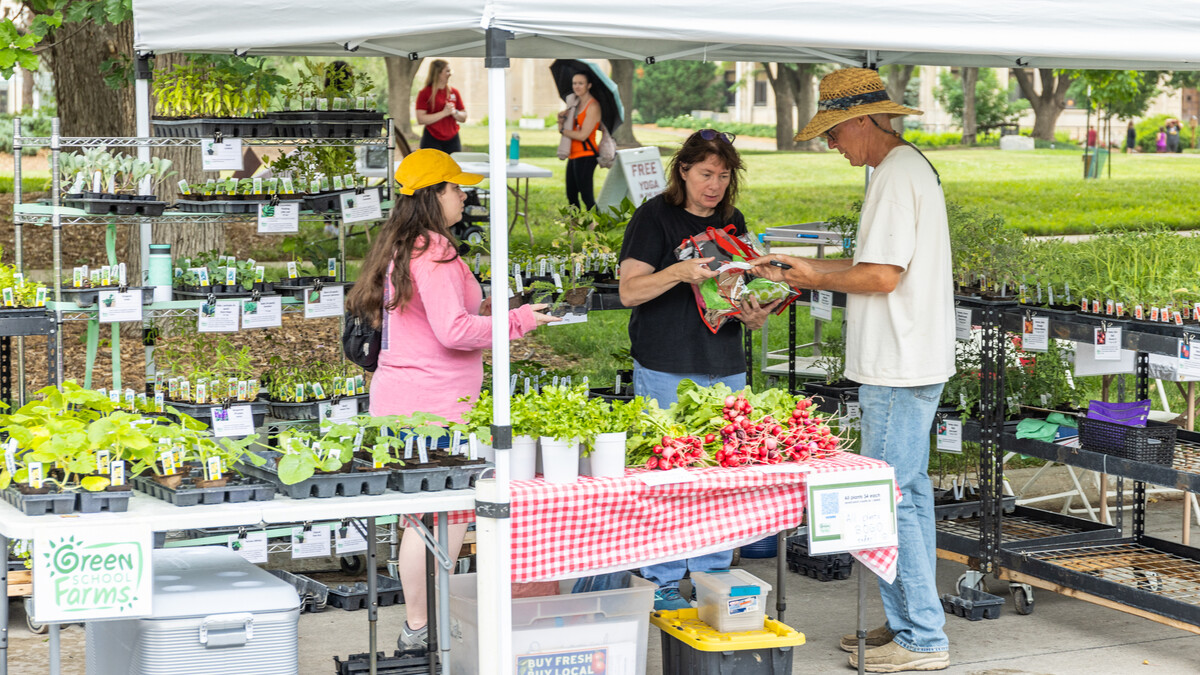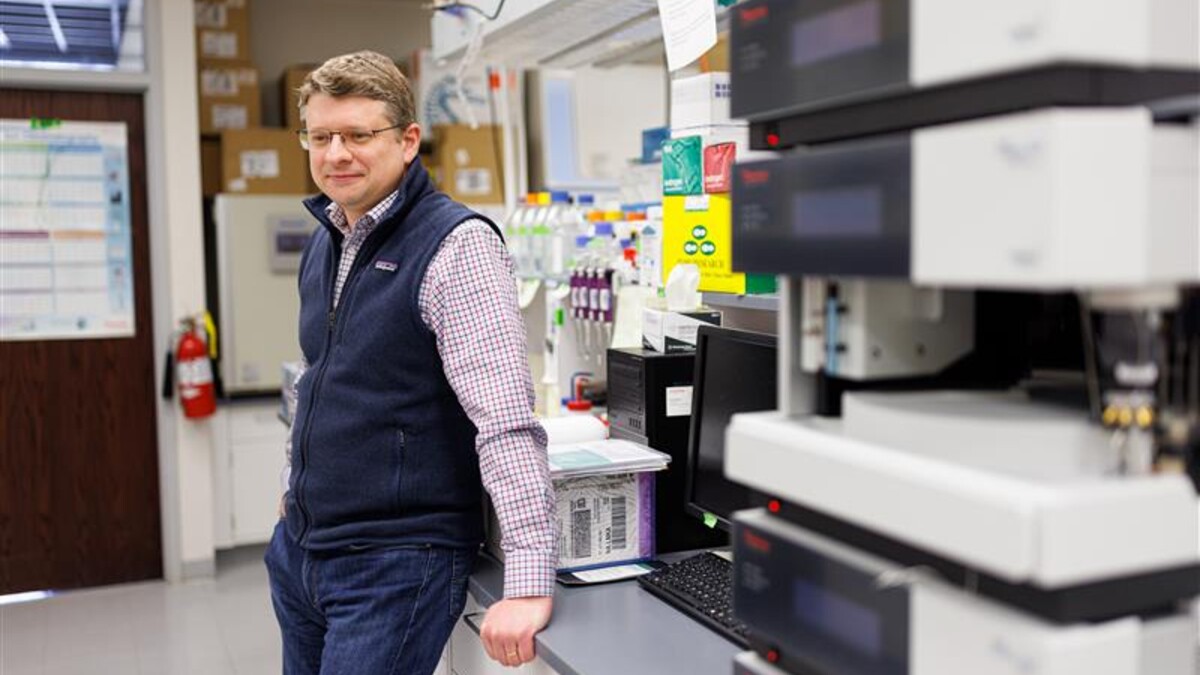
Lincoln, Neb. — Spring is here, and Nebraska elementary students are busy learning about embryology. This is a unique opportunity to teach the beginning of all life, embryos. And there is no better way to explore embryo growth and development than hatching chicks.
Many Nebraska Extension 4-H Youth Development professionals utilize the national award-winning Embryology 101 curriculum developed right here in Nebraska (in fact, two of the four authors are Educators here in the Panhandle) to teach thousands of youth across the state about embryo development through the use of poultry eggs. The curriculum has four lessons. Lesson one helps students learn about the inside of the egg and how it meets the needs of a growing embryo. Lesson two explores genetics and how traits are passed on to offspring with a fun “Chances Are” game. Lesson three helps youth understand how both hens and incubators provide the correct environment for embryo development. Finally, lesson four compares and contrasts housing options for hens so we, as consumers, can get the best egg possible. While the four lessons are being taught, fertilized eggs are being incubated, candled, and cared for by the students hoping that after 21 days, they will see their new baby chick.
Some Panhandle 4-H Staff start their embryology programs in March, while others wait until the end of April. Regardless of the timing, our regional 4-H staff will reach almost 50 preschool through fifth-grade classrooms. Local teachers love the opportunity to show youth how life develops as well as where their food comes from. Panhandle 4-H Staff anticipate teaching over 950 youth this spring about how embryos develop through the use of poultry eggs. Some schools may see chickens, while others may utilize duck or even geese eggs. Approximately 1,000 chicks/goslings/ducklings will hatch right in front of our youths’ eyes in the Panhandle alone.
I personally love teaching this unit to youth in my area. Students are excited to see me every year, knowing it is their turn to hatch eggs. Through the embryology program, youth gain a better appreciation for life, knowing that just the right conditions have to be met for an embryo to develop. The awe for how “that all happens inside the egg,” as well as learning to respect and care for others, including animals. The best part is the curriculum was developed to meet Nebraska State Standards so this experience allows teachers to fit it right into their science classrooms.
Embryology may look a little different in each classroom due to the age level, teacher interactions, and other modifications. However, poultry eggs are being used to teach a variety of youth in our area growth and development as well as agricultural practices. Youth who experience these programs develop an understanding of where their food comes from and how all living things develop from an embryo. It is a great hands-on program brought to you by your local 4-H Youth Development professionals.
To learn more about the Nebraska Extension embryology programs, call your local Extension office to speak to your 4-H staff.







